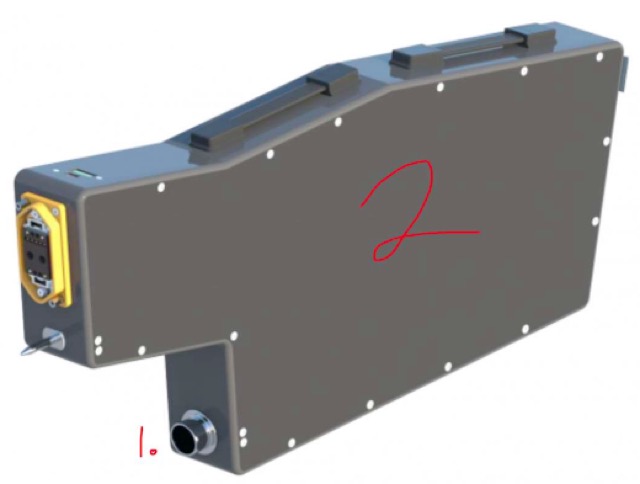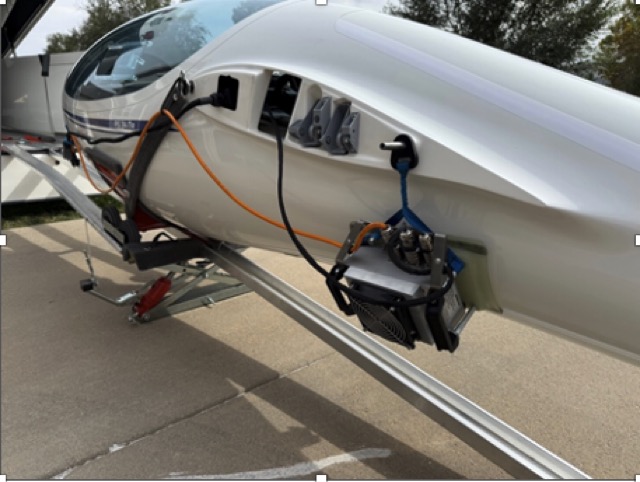 Motor-glider pilots must manage safety margins during air-starts due to the unreliability of motor-glider engines. The decision height for air-starts depends on factors such as glider characteristics, weather conditions, and landing options.
Motor-glider pilots must manage safety margins during air-starts due to the unreliability of motor-glider engines. The decision height for air-starts depends on factors such as glider characteristics, weather conditions, and landing options.
Pilots should consider factors like altitude, field size, and motor reliability. They should have backup plans for both successful and unsuccessful starts, and always prioritize safe landing options regardless of when or where the failure occurs.
Motor-gliders require more planning, altitude, and time than pure gliders due to the added complexity of motor operations.
This is a link to an article by Dave Nadler on How Low Can You Start Your Motor

Electric self-launching gliders face challenges in the West due to high temperatures and long launch times, requiring larger airframes and more powerful batteries. Concerns include battery safety, range anxiety, and the need for reliable engines and improved battery technology. Despite these challenges, improvements in battery chemistry and larger airframes with steerable tailwheels could address these issues.
by Ron Rose
How to go about charging your electric glider
By Albert Tuertscher

Charger attached to the fuselage side

The gas strut that holds the canopy open will fail. At Parowan 2024 7DR presented a special tool to replace it.
Attention ASA Members
The WSC Canopy Lift Strut Installation Tool is now available to rent from Williams Soaring when you purchase a replacement strut.
Another article on this process can be found here.
By Dan Rihn
Page 3 of 4